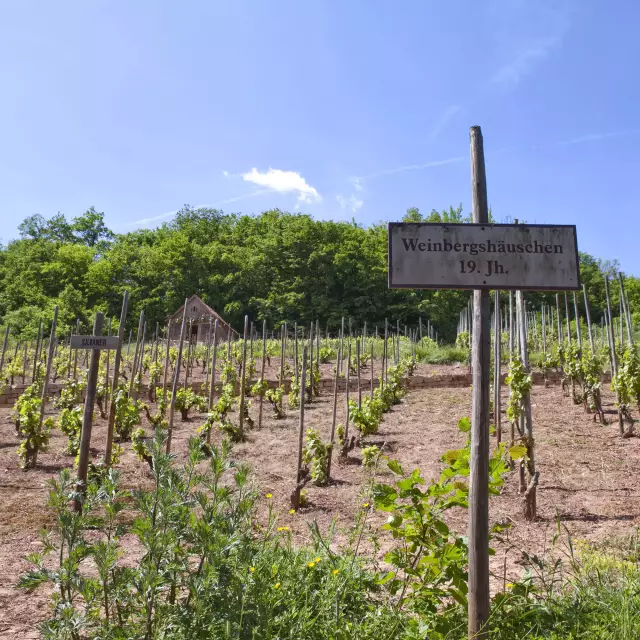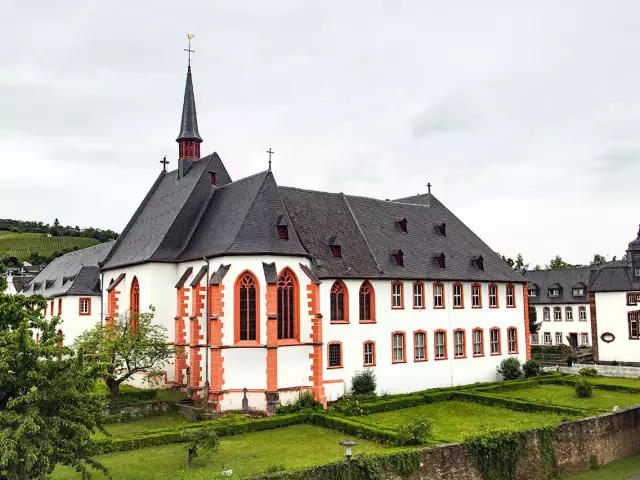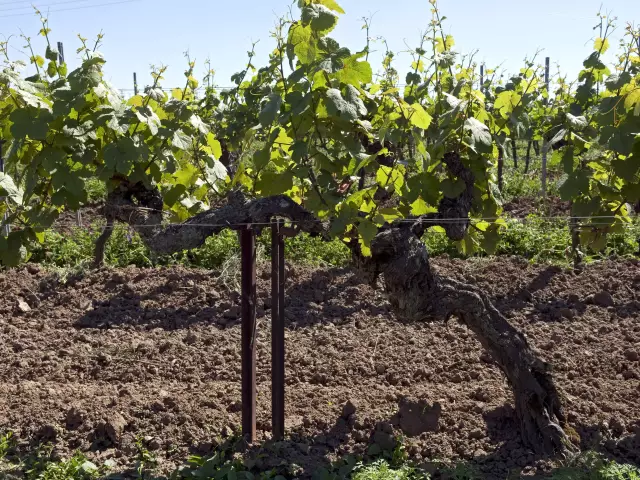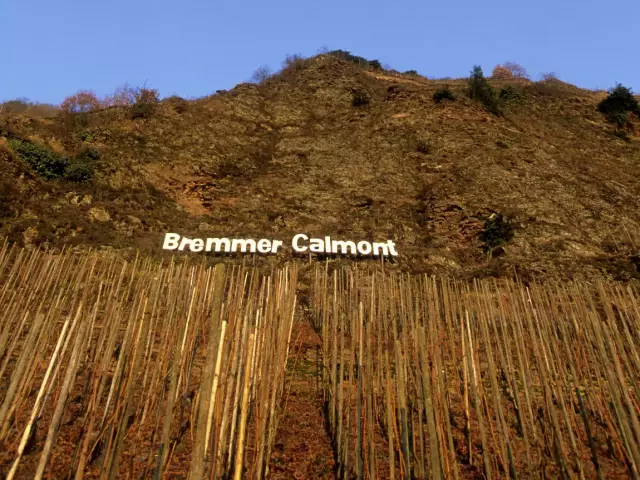Bad Sobernheim Open Museum

A panorama of viticulture, stretching from Medieval times until today can be seen at the open-air museum of Bad Sobernheim on the Nahe river. Founded in 1973 in the idyllic valley of the nightingale, the museum today stretches out over 35 hectares and offers a wide range of engaging activities and experiences.
This is a panorama of viticulture, stretching from Medieval times up to today – and there's no better place to experience it all than the open-air museum of Bad Sobernheim on the Nahe river. Founded in 1973 in the idyllic valley of the nightingale, the museum today stretches out over 35 hectares and welcomes 60,000 visitors per year: it is the biggest open-air museum in the state of Rheinland-Pfalz.
Almost 40 buildings, collected from all parts of the state, revive the way people in Rheinland-Pfalz once worked, lived and dwelled. Viticulture was, of course, a natural part of life in an area which still today produces the highest quantities of wines in Germany. Thus, viticulture and its historical culture are an important theme in the museum – presented as living history.
Several old wine grower's houses, stemming from communities like Zell-Merl or Ürzig on the Mosel or from nearby Weinsheim on the Nahe river, bring the life of wine growers from different epochs to life – including their wine cellars and methods of wine making. Two wine press buildings from Bruttig and Briedern on the Mosel have survived from the late Middle Ages and display a variety of wine presses, among them an old tree press from 1726, several wooden presses from the 19th century and wine presses with iron spindles from the 20th century – exciting examples for the development of pressing techniques.
The museum's vineyard, measuring 2200 square meters, is the place where the work in the vineyard is demonstrated: Built in 1983 on a steep slope, the vineyard displays several different types of viticulture techniques like post-type training as seen on the Mosel, and trellising with canes in one or two arches . Also, a historical vineyard cottage offers a place to linger and enjoy the scenery. The vineyard is cultivated by the Wine Cooperative Rheingrafenberg from nearby Meddersheim and stocked with the grape varieties Gewürztraminer, Riesling, Portugieser, Ruländer, Müller-Thurgau und Silvaner, all of them traditional to the area.
The wines from the vineyard can be bought in the museum's shop – and they can be tasted at the restaurant with its historic bowling alley. A special event takes place every year in the middle of May when a day of action evolves around the themes of wine and wine making. Presentations show how vineyards were cultivated in former times, how wine barrels were chipped from the cellars or how champagne was degorged. There is also a House of Viticulture, a Vinotheque as well as a modern information center depicting the history, the present and the future of viticulture.




